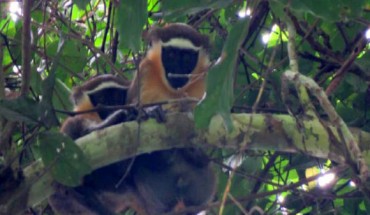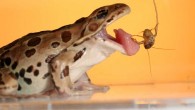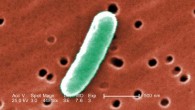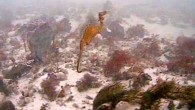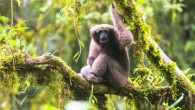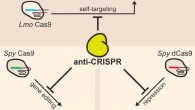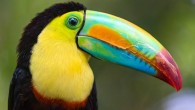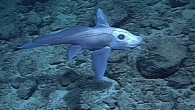Using camera traps, primatologists from the Lukuru Foundation Tshuapa-Lomani-Lualaba (TL2) Project are the first to capture video footage of a previously unknown population of the critically endangered Dryas monkey (Cercopithecus dryas). Close-up of critically endangered Dryas monkeys (Cercopithecus dryas) now inhabiting the Lomami National Park in the Democratic Republic of Congo. Image credit: Pablo Ayali, Lukuru Foundation. First discovered in...

